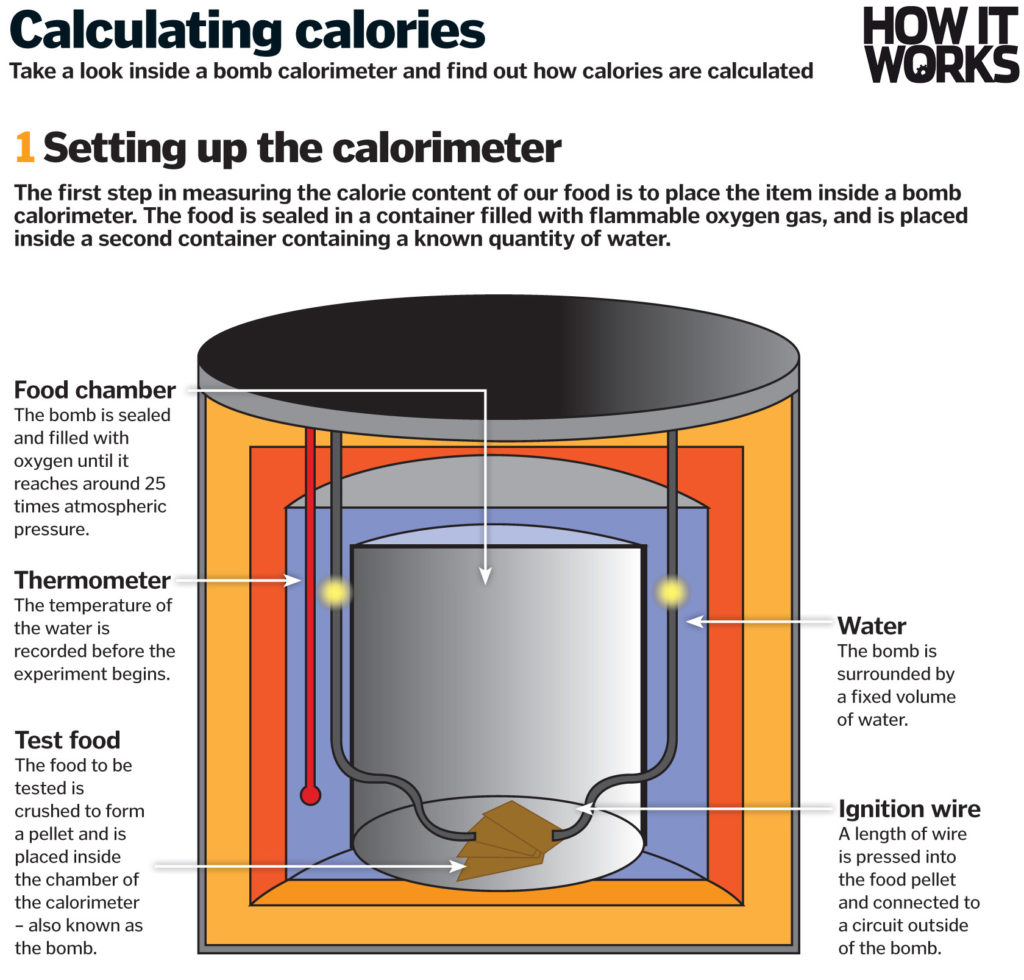
Calories are a measure of energy. They are essential for our bodies to function properly. We need calories to breathe, move, and perform other bodily functions. But how are calories measured?
What is a calorie?
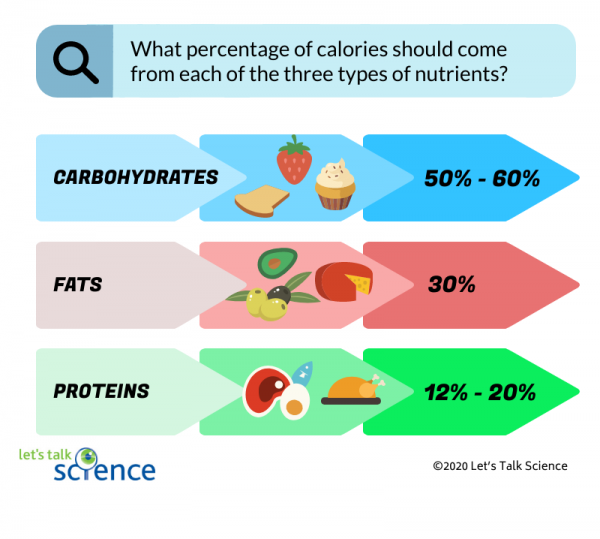
A calorie is a unit of energy. It is the amount of energy required to raise the temperature of 1 gram of water by 1 degree Celsius. The calorie is commonly used to measure the energy content of food and drinks.
How are calories in food measured?

The calories in food are measured using a device called a bomb calorimeter. This device burns the food and measures the amount of heat produced. The more heat produced, the more calories the food contains.
What is a calorie budget?

A calorie budget is the number of calories you need each day to maintain your weight. This number is based on your age, gender, height, weight, and activity level. If you want to lose weight, you need to consume fewer calories than your calorie budget.
How do you calculate your calorie budget?

To calculate your calorie budget, you need to use a calorie calculator. This calculator takes into account your age, gender, height, weight, and activity level to determine your calorie needs. Once you know your calorie needs, you can create a meal plan that fits within your calorie budget.
How are calories burned during exercise?

Calories are burned during exercise through a process called metabolism. Metabolism is the process by which the body converts food into energy. During exercise, the body burns calories to fuel the activity.
How many calories are burned during exercise?

The number of calories burned during exercise depends on the type of exercise, the intensity of the exercise, and the duration of the exercise. For example, running burns more calories than walking, and high-intensity exercises burn more calories than low-intensity exercises.
How do you track your calorie intake?
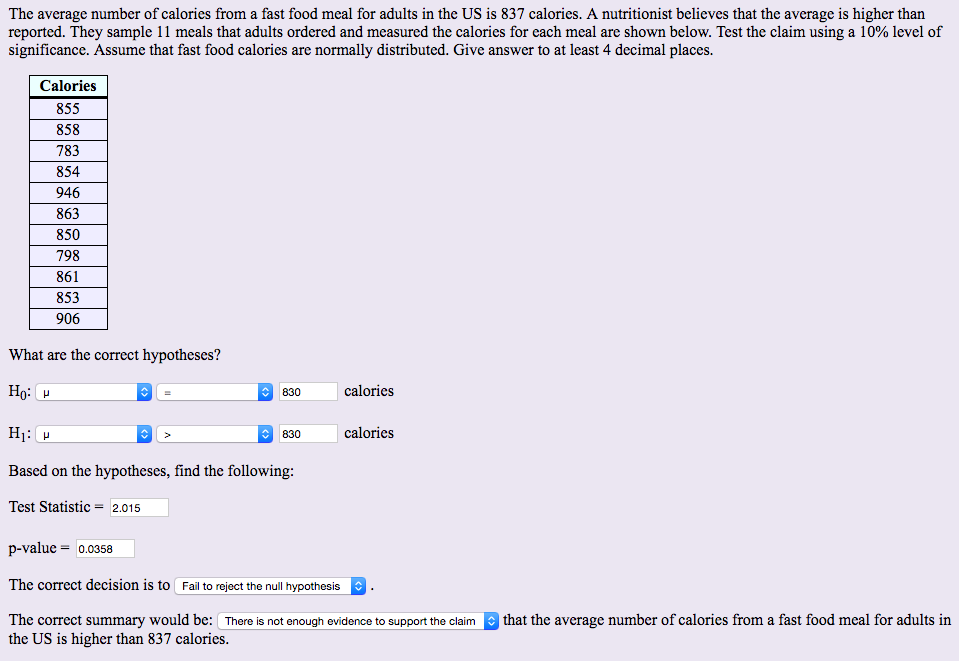
To track your calorie intake, you can use a food diary or a calorie tracking app. These tools allow you to record the foods you eat and their calorie content. By tracking your calorie intake, you can ensure that you are staying within your calorie budget.
What are empty calories?

Empty calories are calories that provide little to no nutritional value. These calories come from foods that are high in added sugars and fats, such as soda, candy, and processed snacks. Consuming too many empty calories can lead to weight gain and other health problems.
What are nutrient-dense foods?
Nutrient-dense foods are foods that provide a high amount of nutrients for the number of calories they contain. These foods include fruits, vegetables, whole grains, lean proteins, and healthy fats. Consuming nutrient-dense foods can help you meet your nutritional needs while staying within your calorie budget.
How do you read food labels for calories?

To read food labels for calories, you need to look at the serving size and the number of calories per serving. The serving size is the amount of food that the nutrition information is based on. The number of calories per serving tells you how many calories are in that amount of food.
What is the recommended daily calorie intake?
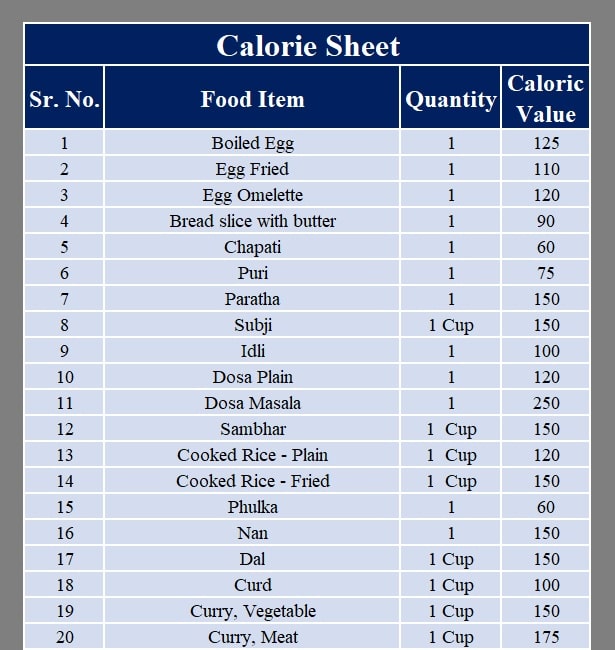
The recommended daily calorie intake depends on your age, gender, height, weight, and activity level. The average adult needs between 1,600 and 2,400 calories per day. To lose weight, you need to consume fewer calories than your daily calorie needs.
What factors affect calorie needs?

Several factors affect calorie needs, including age, gender, height, weight, and activity level. Children and teenagers need more calories than adults because they are still growing. Men typically need more calories than women because they have more muscle mass. Tall people need more calories than short people because they have a larger body size. Active people need more calories than sedentary people because they burn more energy.
What are some low-calorie foods?

Some low-calorie foods include fruits, vegetables, whole grains, lean proteins, and low-fat dairy products. These foods are nutrient-dense and provide a high amount of nutrients for the number of calories they contain.
What are some high-calorie foods?
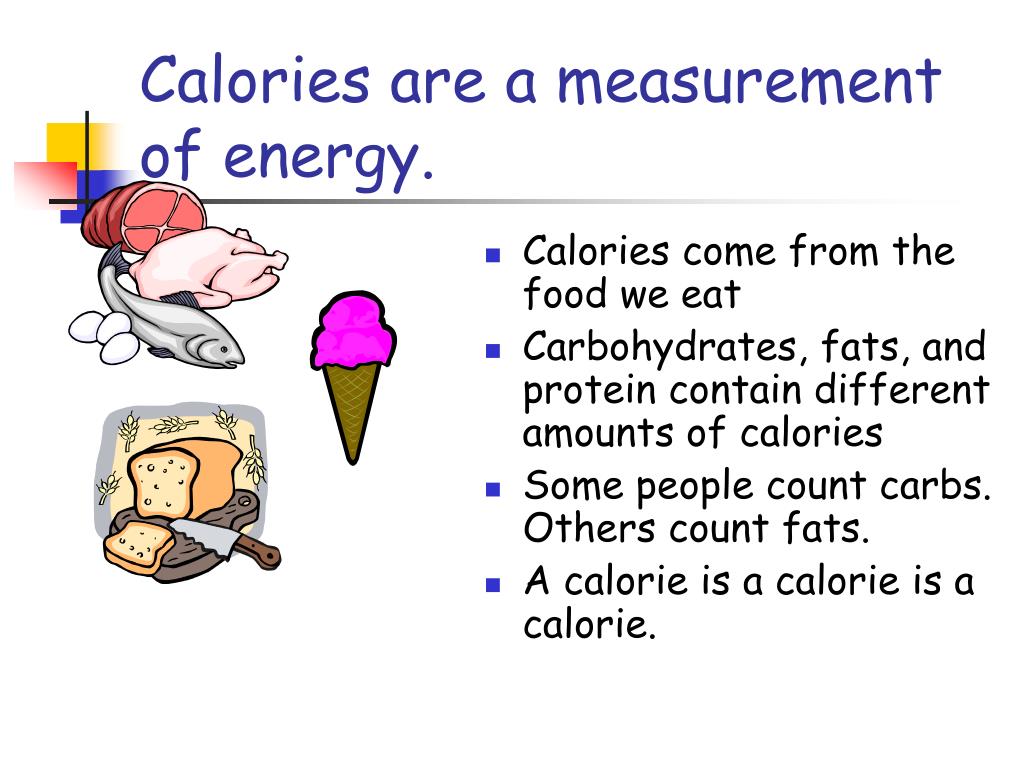
Some high-calorie foods include fried foods, fast food, processed snacks, sugary drinks, and desserts. These foods are often high in added sugars and fats and provide little to no nutritional value.
What are some tips for reducing calorie intake?

Some tips for reducing calorie intake include eating more fruits and vegetables, choosing lean proteins, drinking water instead of sugary drinks, avoiding processed snacks, and reading food labels for calories.
Conclusion
Calories are an important measure of energy. They are essential for our bodies to function properly. By understanding how calories are measured, we can make informed choices about our food and exercise habits. By tracking our calorie intake and staying within our calorie budget, we can maintain a healthy weight and improve our overall health.